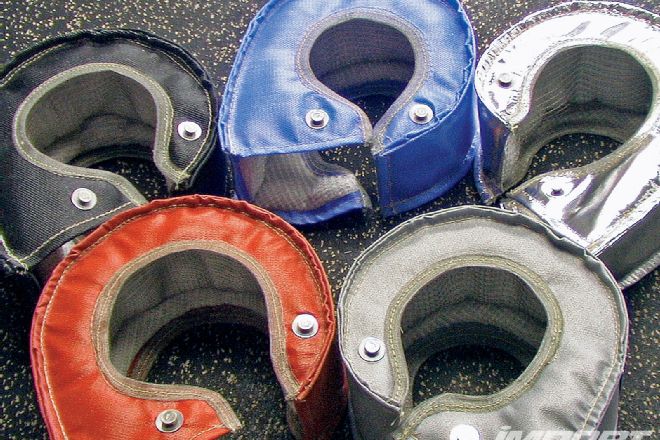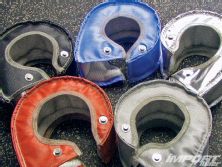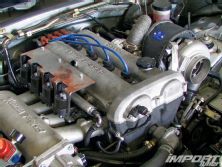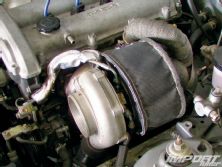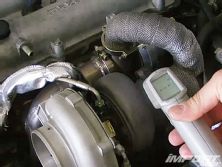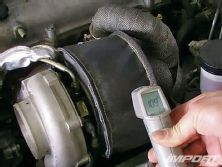Testing By Protech Performance and Import Tuner Staff
In the world of aftermarket vehicle modification, products seem to be able to be divided into three camps: those that are added for clear-cut, obvious reasons (turbochargers, performance suspensions, stickier tires, etc.), those that have no performance purpose (engine bay dress-up, vinyl/paint, certain interior accessories, etc.), and some-the same product-we see added for different reasons, depending on who you ask. This month we put one of the latter to the test.
The Claim: Turbocharger heat shielding can increase power and decrease turbo lag.
Turbocharger and manifold heat shielding, usually in the form of coatings, wraps, or blankets, have been promoted for years for their benefits such, of decreasing underhood temperatures-that much is fact. They work. But some will claim adding them significantly increases power and torque output, and decreases spool time compared to using nothing at all.
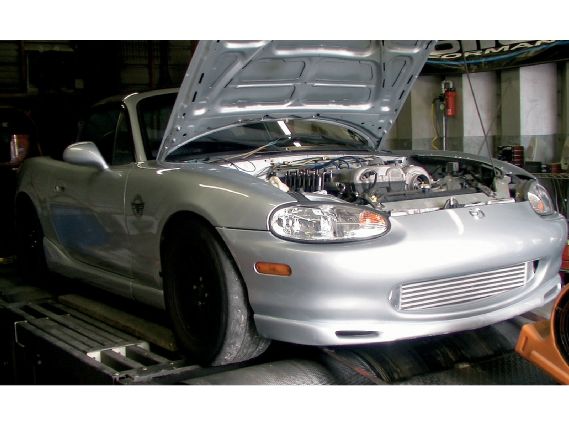 |
Turbocharger Heat Shielding - Fact Or Fiction
|
Turbocharger Heat Shielding - Fact Or Fiction
The theory is simple: Heat is energy, and gas expands more the hotter it becomes. More heat kept in a turbo manifold or inside a turbine housing equates to more pressure (energy) that can be directed through a turbine wheel, improving turbine performance, and subsequently compressor performance, for an increase in overall boost pressure and a decrease in the time it takes to build that pressure.
To test the claim, we collaborated with engine insulation specialists Protech Performance (PTP), and commenced back-to-back testing with a turbocharged Miata and the Dynojet dynamometer and infrared pyrometer of the crew's facility in Austin, TX. The first series of runs was performed with nothing insulating the car's GT35R turbocharger. The second group was done with a PTP blanket (PN FPR03S-003) surrounding the turbine. Both groups of testing involved multiple back-to-back runs, at operating temperature, with the hood closed.
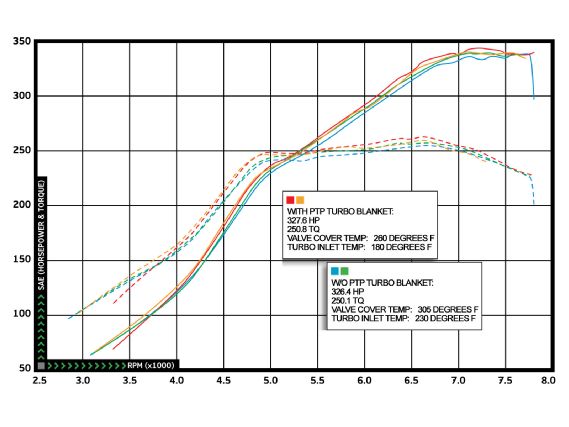 |
Turbocharger Heat Shielding - Fact Or Fiction
|
Turbocharger Heat Shielding - Fact Or Fiction
Recording temperatures at the turbo compressor inlet and valve cover upon the completion of each run verified that the blanket staved off temperatures, as we knew it would. And as we suspected, power and torque increases-as well as a spool time decreases-were present as well.
The Verdict:
Although the gains weren't humongous, neither was our 1.8L BP Miata engine or its turbocharger. The benefits this simple modification could bring to something like a time-attack RX-7 would likely make it one of the most cost-effective power increasing mods one could make, and as always, the decreased underhood temperatures mean better radiator performance, cooler intake charges, and longer life for vacuum lines and wiring harnesses.
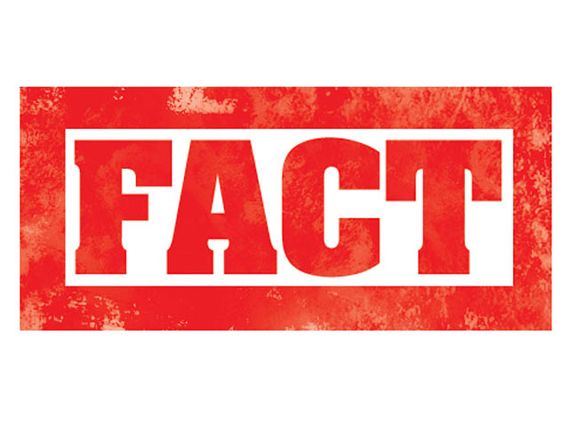 |
Turbocharger Heat Shielding - Fact Or Fiction
|
Turbocharger Heat Shielding - Fact Or Fiction

